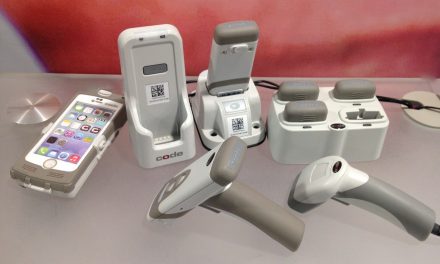From time to time, patients or family members leave comments about problems they've had. This is not a consumer oriented site, and most patient's are not in a position to avail themselves of assistance from me or another industry consultants. But I do welcome and respond to consumer oriented inquiries. Unfortunately, these situations rarely result in simple straight forward replies that solve the problems.
Here's a query I received this week:
I have been reading about connectivity of medical devices, of which I know nothing, because I am a teacher and am having signal issues, while at work, with my wireless Omnipod Insulin Pump. The alarm sounds and it stops delivering insulin. The support team at Insulet Corp. says that there is some sort of "fluck" going on. This answer does not satisfy me. My classroom has been known to have what our tech people call, "dead zones." If you don't mind, can you, or others, offer some insight into this situation? Thanks. My doctor is at Tufts in Boston. He's just great.
Here's my reply:
It is not possible to diagnose the root cause of your pump problem from your description. Also, to my knowledge, "fluck" is not a technical term, and I have no idea to what it refers. It is possible that the radio link between your sensor and the pump is hampering the pumps operation. It is also possible that the problem is one that is inherent in the pump itself (e.g., a software bug or component failure), or the sensor that detects your glucose level.
The manufacturer is best able to properly diagnose and fix the problem - and it is their responsibility to do so. If the manufacturer is not responsive, you can tell them that you will file a complaint with FDA - and you should indeed do that.
Typically the term "dead zone" refers to a lack of wireless signal coverage for a given area. This term can be applied to both Wi-Fi coverage in a building, or cell phone coverage anywhere. Since the radio link is between your sensor and pump, we're not dealing with a lack of radio coverage - unless there's a problem with the radios in either the sensor, pump or both.
The term, "dead zone" also implies an environmental condition within your classroom. It is possible that there is a source of radio frequency interference found in your classroom that is interfering with the radio link between your sensor and pump. If the interference is sufficiently strong, it could interfere with the operation of the senor and pump themselves.
Common causes of interference are defective florescent light ballasts, the failing brushes in electrical motors (paper shredders, blow dryers, elevators, etc.), and microwaves with defective seals (where the microwave energy leaks from the enclosure causing interference). The typical approach to determining if there is a problem with interference uses an RF spectrometer like these. As you can see, they're not inexpensive and require some technical expertise to use properly.
The manufacturer is likely to want to do everything they can to rule out other causes before considering interference. From the manufacturer's perspective it is not likely economically justified to send an engineer to a patient's site to test for interference. In the event interference is found, determining the source and mitigating the interference can also be quite time consuming and expensive. If the manufacturer can rule out any other cause than interference, you may be able to try other room locations and if the problem goes away, ask your school to put you in a different room next year.
In any event, it is the manufacturer's responsibility to resolve the situation to your and your physicians satisfaction within the responsibilities described in the product warranty.
While you're happy with your doctor, he has considerably more leverage with the medical device manufacturer as someone who prescribes this pump to many patients than you as an individual patient. If you haven't already, go see him and ask if other patients have had similar complaints. Express your frustration with the lack of suitable a outcome from the manufacturer and ask him to go to bat for you with the manufacturer. He too can use the same link above to lodge a complaint with FDA.
This response represents just the tip of the iceberg as far as probable causes, potential solutions and outcomes. I guess worst case, the patient will have to return the pump and go back to a conventional glucometer and injections.
What would your advice be to this patient?
If you're a consumer with questions related to something you've read on this site, please do the following.
- If your comment is really a comment about a blog post, feel free to leave a comment.
- If you have questions or comments that don't related directly to a blog post, then please use the form on the Contact page.
- Be sure to provide sufficient information and context so that I can provide a meaningful response.
- Remember that nothing you read here represents medical or legal advice on my part. I'm just an interested industry guy who knows some things and isn't shy about spouting off.
[Photo used with permission.]



Recent Comments